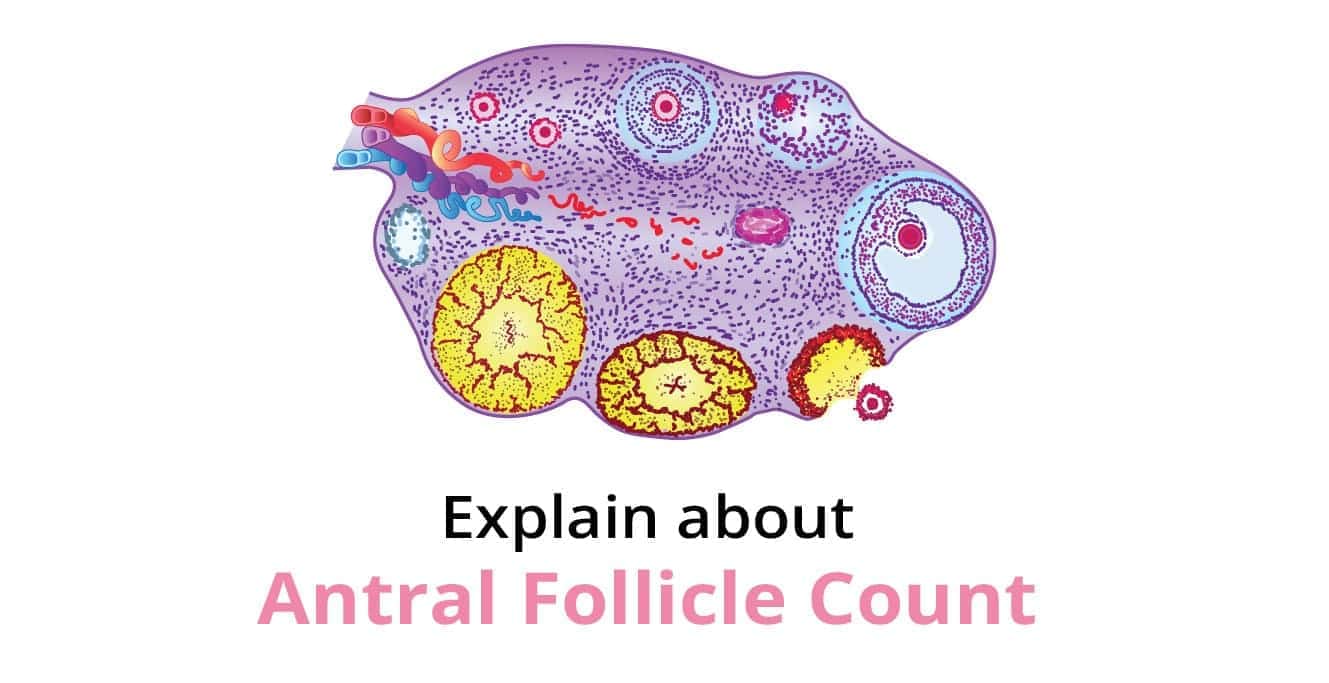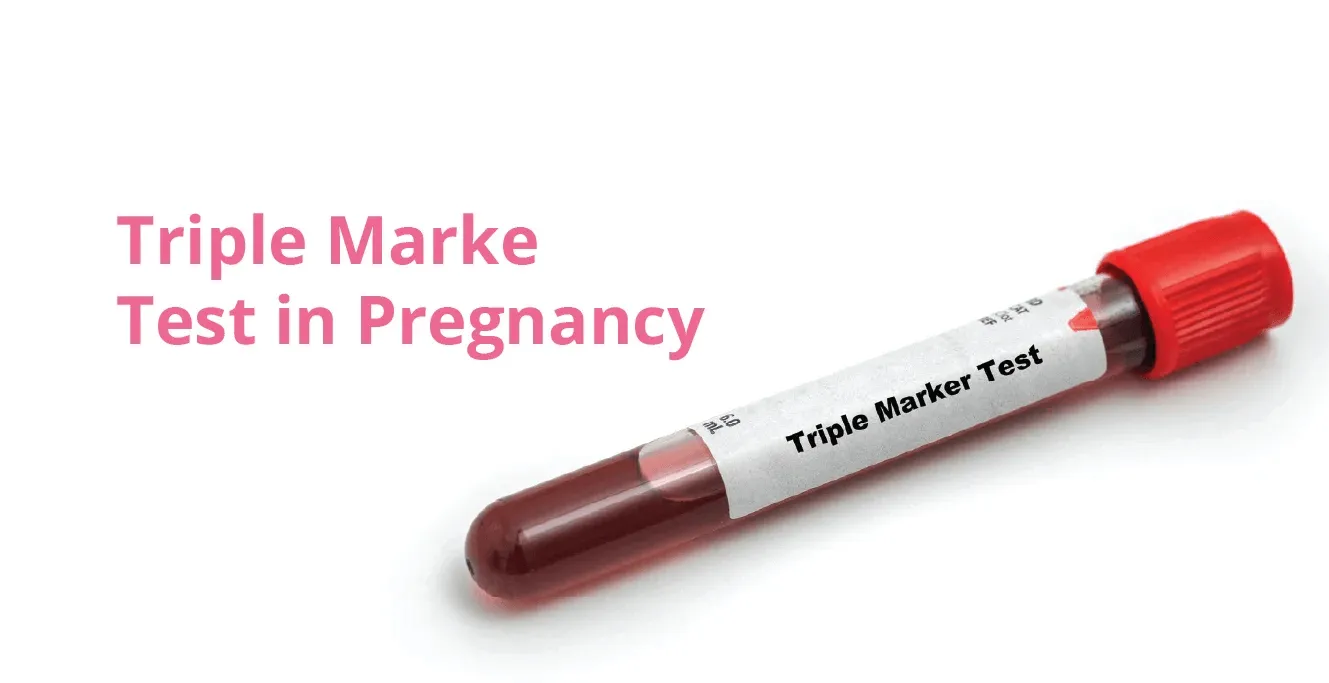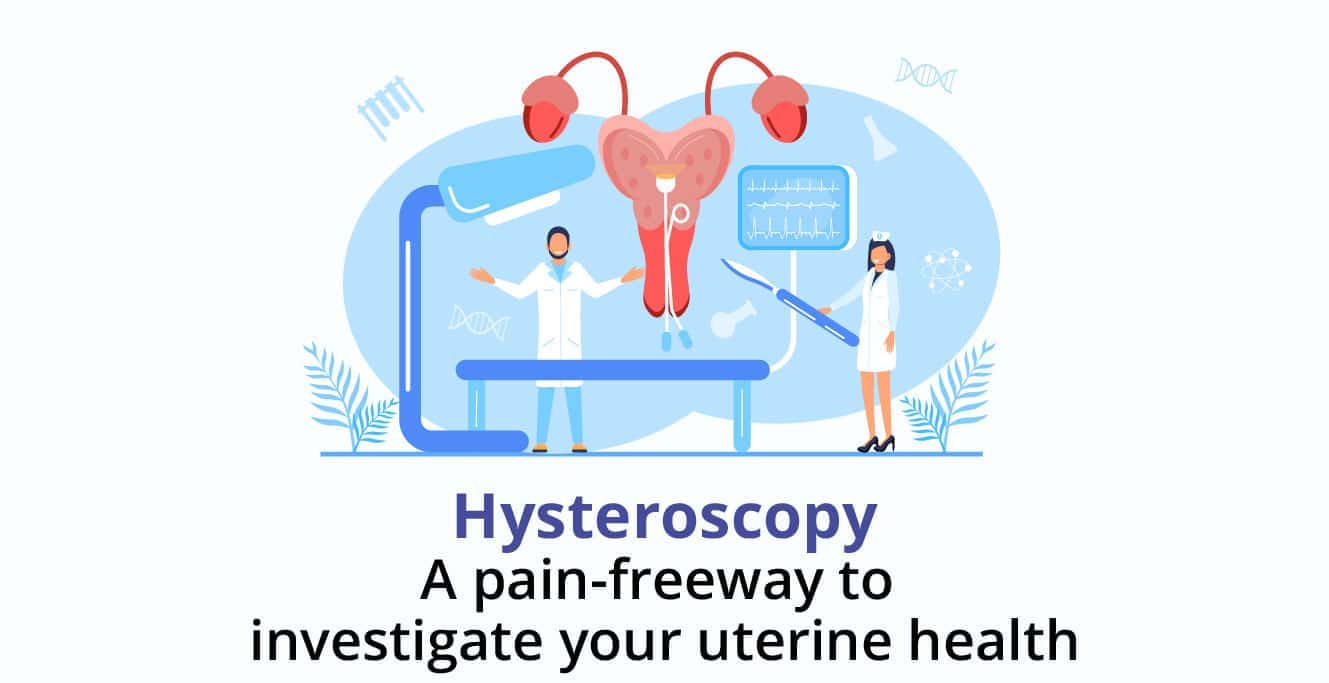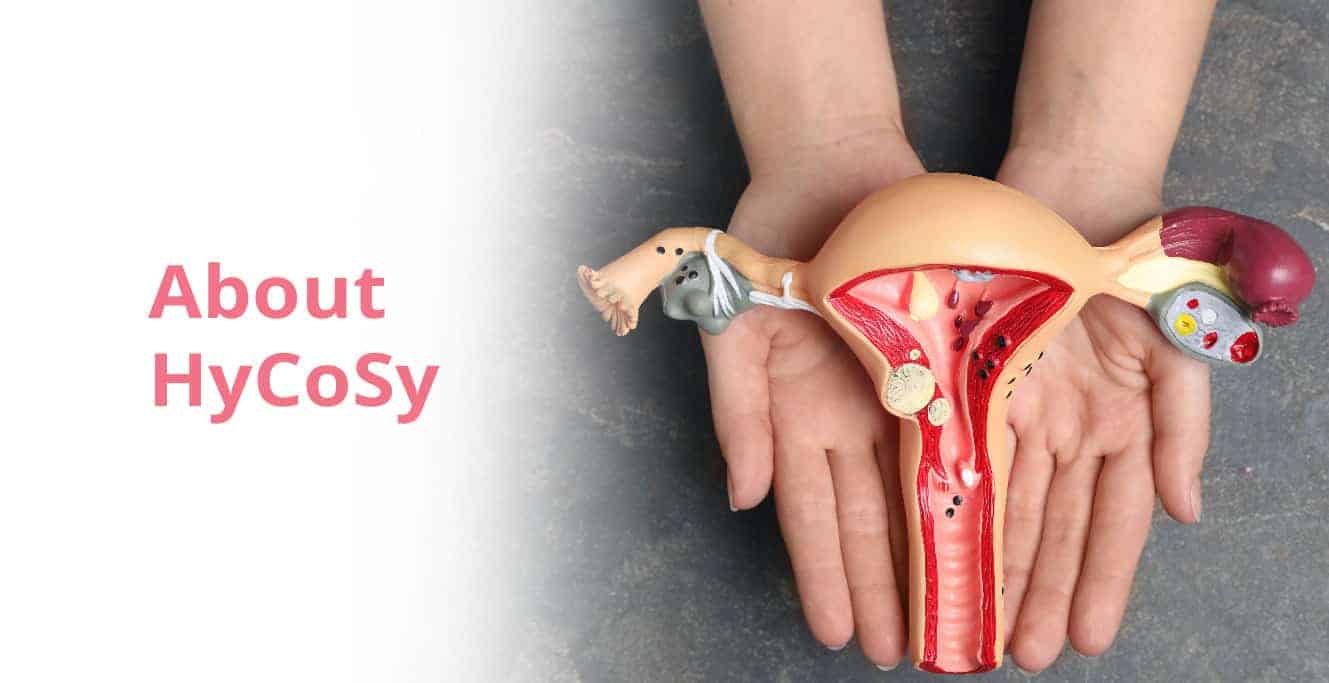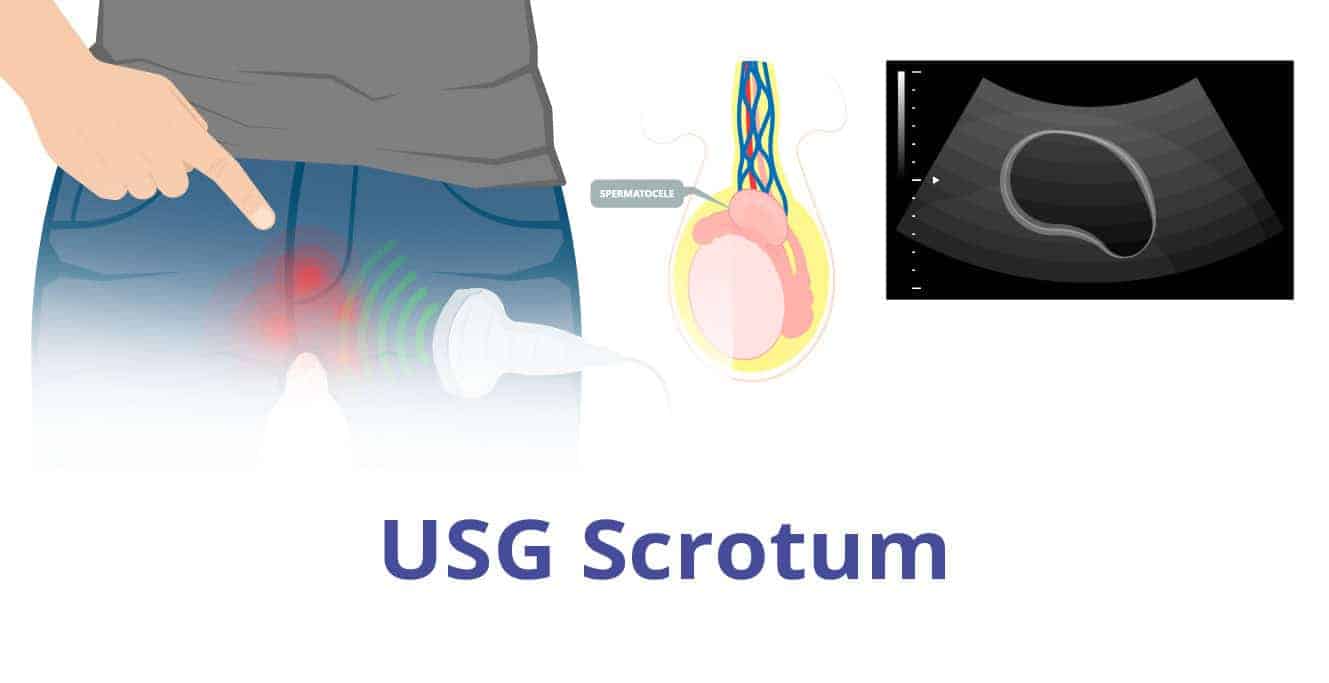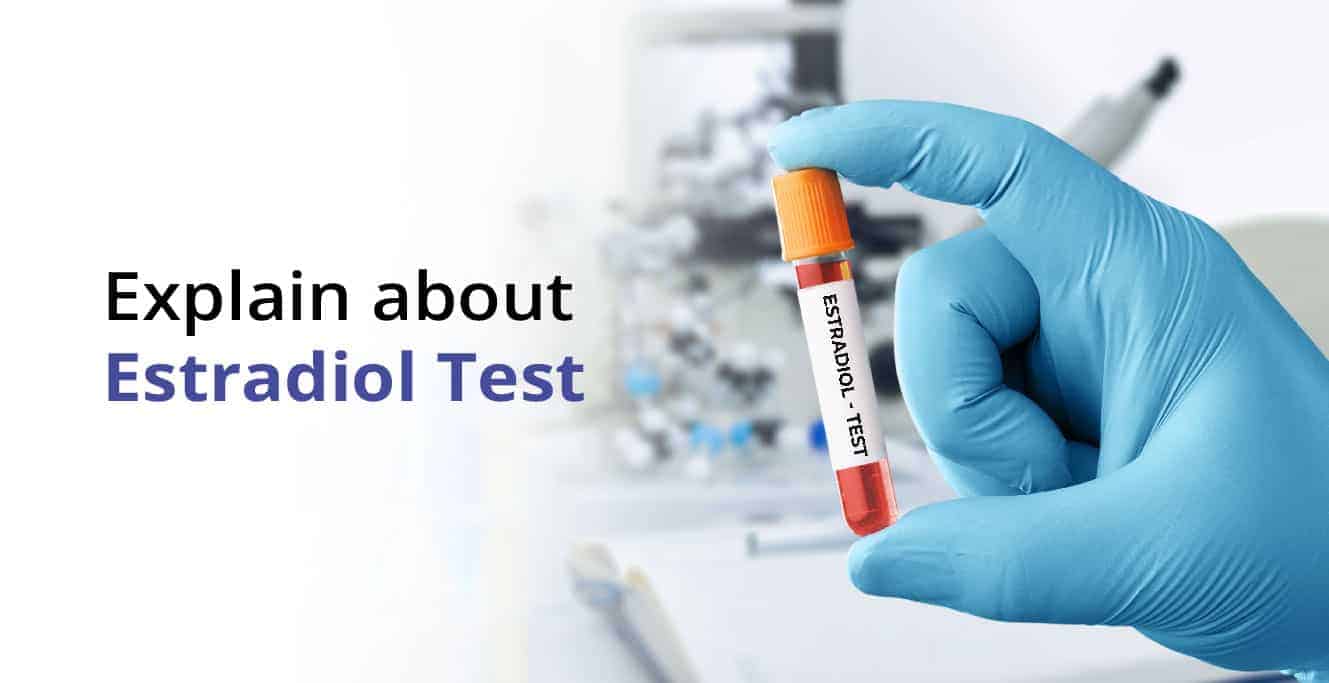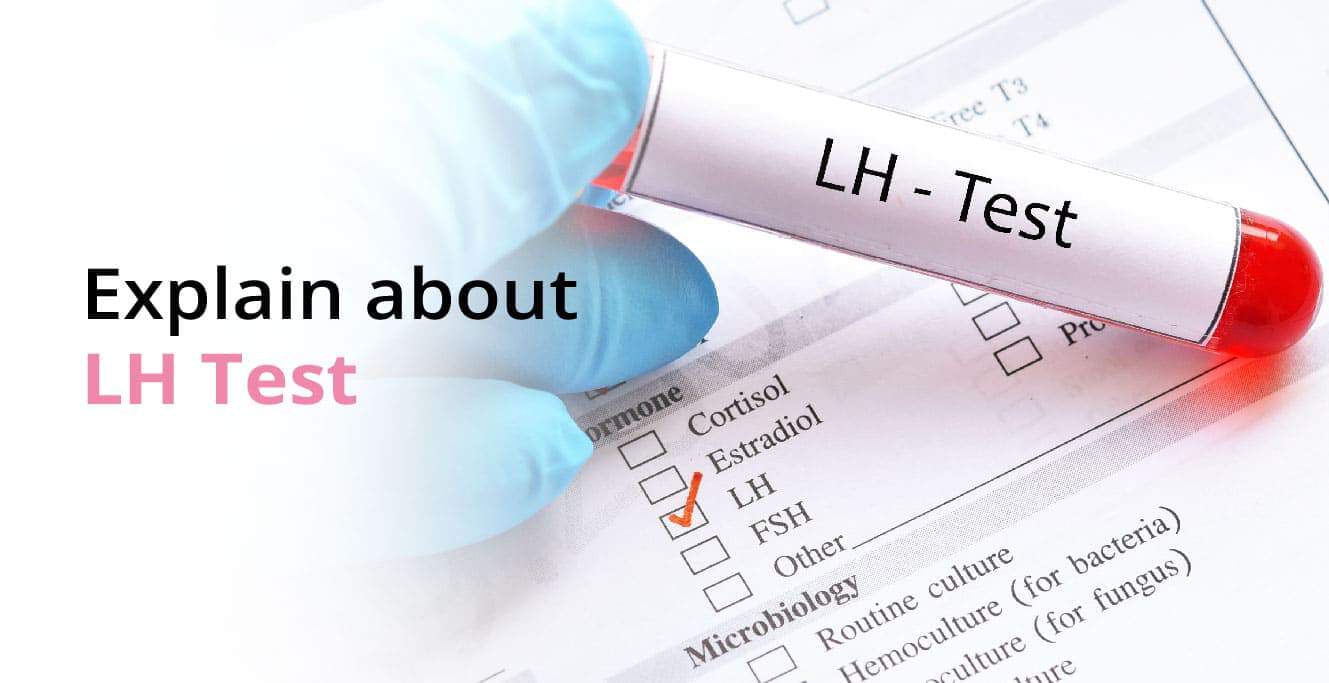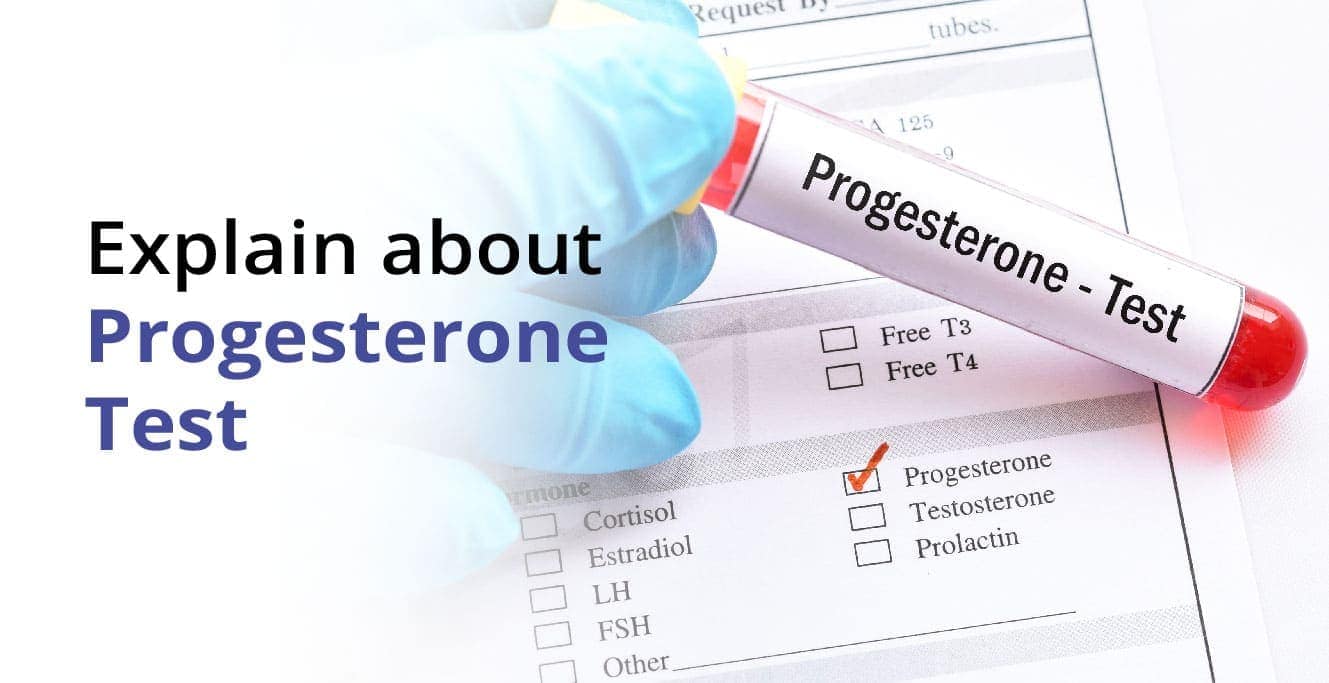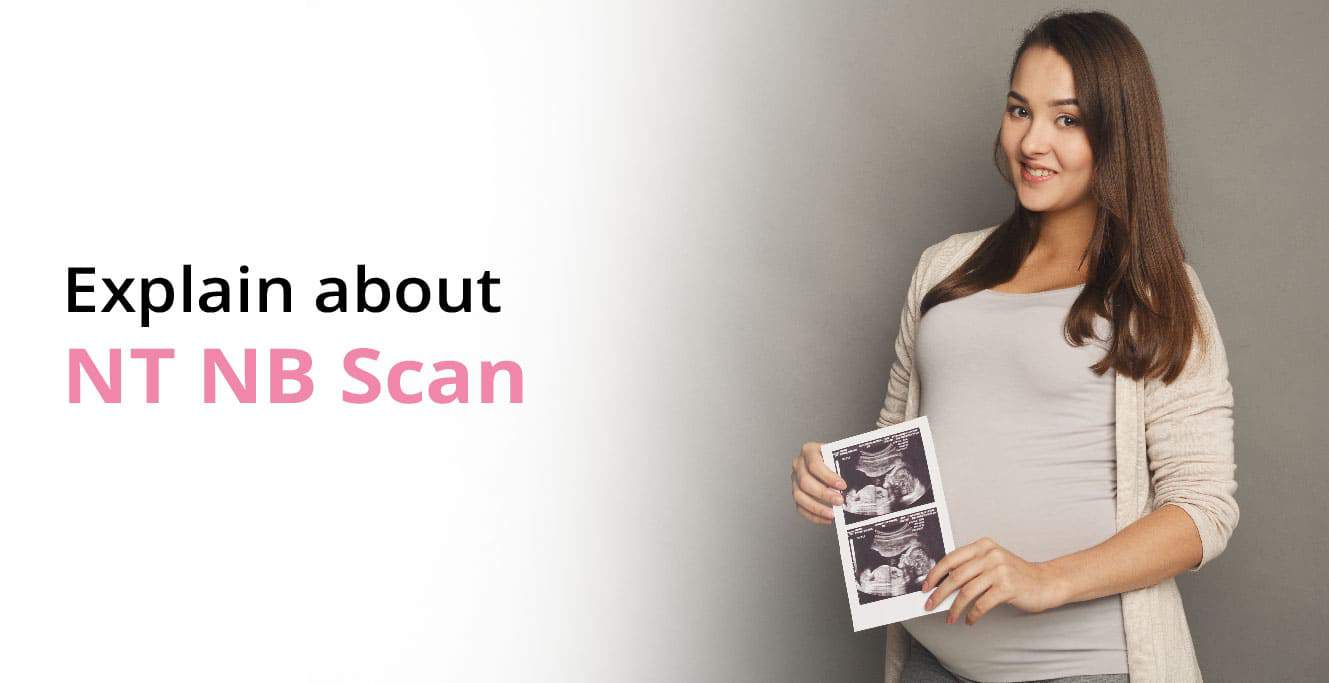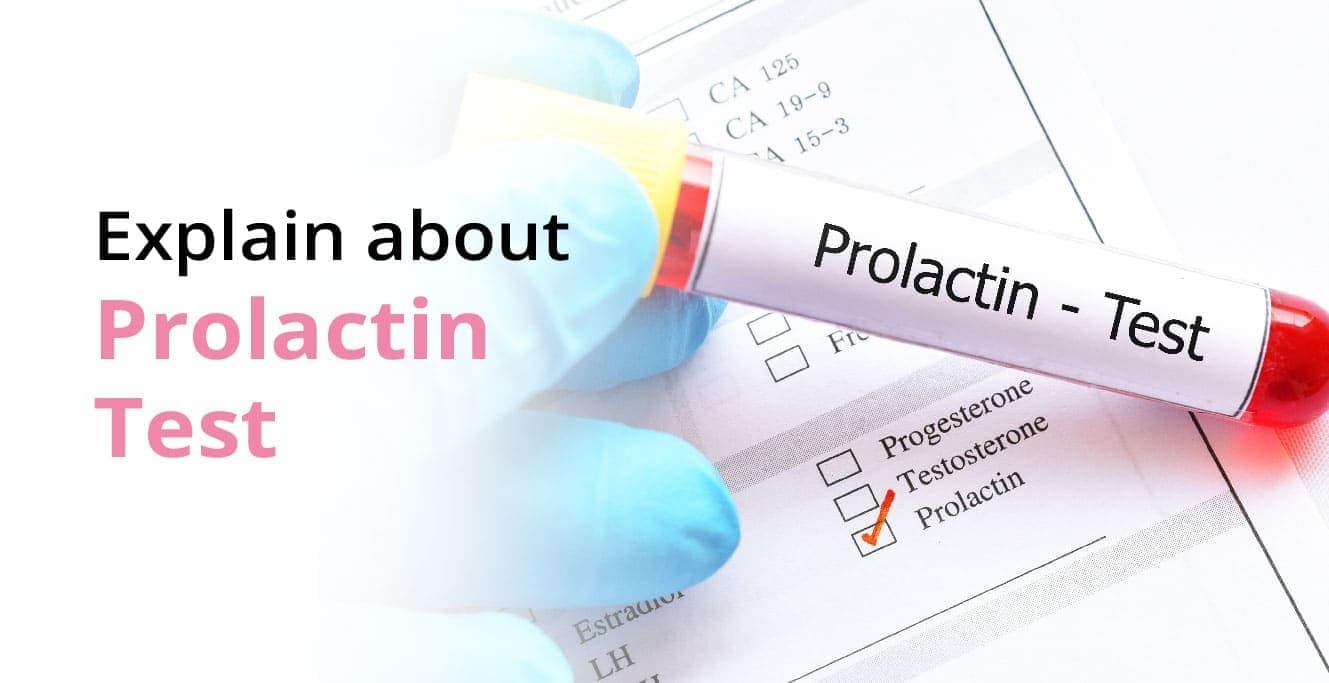Did you know? The pool of egg reserve in a woman decreases in size and number as she ages. Yes! That’s a fact, women are born with millions of follicles, which are referred to as “ovarian reserve– quality and quantity of eggs” and they keep on declining until they hit menopause.
Antral follicle count (AFC) provides an estimate of your ovarian reserve and plays an important role in predicting the chances of a successful pregnancy.
If you are in your 30s or approaching it and want to get pregnant, then you might want to know about your ovarian reserve in more detail. This information will help you make a more informed decision regarding your pregnancy timeline and also determine if you
What are Antral Follicles?
An antral follicle is a tiny fluid-filled sac inside the ovary. A single ovary contains multiple follicles through which eggs are released each month during menstruation.
During ovulation, antral follicles are instrumental in maturing and releasing eggs at the optimal time. Many antral follicles participate in this process each menstrual cycle, but typically only one follicle successfully ovulates an egg. Occasionally, multiple mature eggs are released, increasing the likelihood of conceiving twins.
After ovulation is successfully done, the antral follicle turns into a corpus luteum (temporary organ in the ovary). Each antral follicle has a cavity inside it, referred to as an antrum. The size of the antrum determines the overall size of the antral follicle. An antral follicle around 1-2 mm in diameter can be easily seen and counted during the ultrasound.
What is Antral Follicle Count?
- Antral follicles are small, fluid-filled sacs in a woman’s ovaries where immature eggs are stored.
- The antral follicle count refers to the number of these follicles in an ovary.
- A transvaginal ultrasound is performed to check these follicles at the start of the menstrual cycle.
- The follicle count is an important measure that helps the doctors analyze the ovarian reserve, which is crucial for fertility.
When Should You Consider an Antral Follicle Count?
Your doctor might recommend an AFC in these situations:
-
Before Fertility Treatments: It helps assess how well you might respond to fertility treatments, such as IVF, by evaluating your ovarian reserve.
-
To Check Your Ovarian Reserve: If you’re concerned about your fertility, particularly in your late 30s or 40s, an AFC can give insight into the health of your ovaries.
-
As Part of Routine Fertility Check-ups: An AFC is part of a routine evaluation, especially if you experience symptoms like irregular periods or signs of hormonal imbalance.
How is the Antral Follicle Count Test Performed?
The AFC test is done using a transvaginal ultrasound during the early part of your menstrual cycle, usually around day 3. It is a simple 30-minute test where scanned images would be showcased simultaneously on the monitor. Here’s what you can expect:
- Get ready: For this procedure, you will be asked to undress from the waist down and lie on an examination table in a comfortable position. It’s helpful to wear a gown or loose clothing.
- The procedure: A doctor or trained technician will first place a sterile condom over the ultrasound wand and apply a small amount of gel for comfort and better imaging. The wand, which emits sound waves, will then be gently inserted into your vagina.
- Ultrasound: The doctor or technician will carefully move the wand to capture clear images of both ovaries, allowing them to count and examine the follicles, which are small sacs in the ovaries containing immature eggs.
- Results: Once the images are collected, the doctor will evaluate the number and quality of follicles in your ovaries. This helps determine your ovarian reserve and provides insights into your potential IVF success rate. The doctor will then review the results and discuss the next steps with you.
What is the Right Time to Check Antral Follicle Count?
The best time to check antral follicle count is between day 2 and day 3 of your menstrual cycle. This is when the accurate count of follicles can be measured as they are in their resting phase (when they are small, fluid-filled sacs containing immature eggs).
What is a Normal Antral Follicle Count?
What’s considered a normal antral follicle count depends on your age and overall health. A woman’s fertility decreases as she ages, which also affects her follicle count. Refer to the table below to assess the average antral follicle count by age, covering both ovaries:
|
Age |
AFC (For Both Ovaries) |
|
20-24 Years |
15 -30 |
|
25 – 34 Years |
>12-25 |
|
35 – 40 Years |
<8-15 |
|
41 – 46 Years |
Pre-menopausal stage 4-10 |
Day 2 and Day 3: These are the most common days for an AFC test. A normal antral follicle count on day 2 and day 3 can range from 5 to 15 follicles per ovary. However, this may vary a lot from person to person.
How Much Antral Follicle Count (AFC) is Good for Pregnancy?
Unfortunately, there is no exact AFC for pregnancy. However, according to the experts and studies, the normal antral follicle count is considered when each of your ovaries has 5-10 antral follicles with approximately 2-10 mm in diameter.
You can also refer to the below table to understand different AFC reserve levels and what they indicate:
| Antral Follicle Count (AFC) | Result (Per Ovary) |
| Normal Reserve | 5-10 antral follicles per ovary |
| Low Reserve | <5 antral follicles per ovary |
| High Reserve | >10 antral follicles per ovary |
| Polycystic Ovaries | >13 enlarged antral follicles per ovary |
Does Low AFC Reserve Mean Infertility?
A low reserve of antral follicle count does not automatically indicate infertility. An antral follicle count just predicts the likeliness of a woman getting pregnant. With an early diagnosis of a diminished ovarian reserve and the fertility expert guidance for correct treatments, including lifestyle changes, you can improve your fertility and chances of successful conceiving.
Antral Follicle Count & PCOS
- In women with PCOS (Polycystic Ovary Syndrome), the number of antral follicles is frequently higher. This is due to the large number of tiny immature follicles in their ovaries.
- Despite its apparent benefit, a high AFC count does not always translate into increased fertility.
- Even with more follicles, hormonal imbalance in PCOS can prevent ovulation which means the follicles are not regularly releasing mature eggs.
- Anovulation or the absence of ovulation, irregular cycles and trouble conceiving naturally can happen if ovaries are not releasing mature eggs.
How to Increase Antra Follicle Count?
While genetics largely determine ovarian reserve, some lifestyle changes may help support ovarian health:
| Lifestyle Change | How Can It Help? |
| Take a Balanced Diet | A diet rich in antioxidants, omega-3 fatty acids and whole foods can boost ovarian function. |
| Vitamin D | Vitamin D is considered good for ovarian health. Getting sunlight or supplements can help if you have vitamin D deficiency. |
| Manage Stress | Prolonged stress has a direct impact on hormonal levels. Yoga, meditation or pursuing a hobby can help manage stress. |
| Maintain a Healthy Weight | Being underweight or overweight can impact your antral follicle count and overall fertility. Therefore, maintain a healthy weight. |
| Supplements | CoQ10, DHEA and omega-3s may support ovarian health but do not take them without consulting your doctor. |
Vitamin D and Antral Follicle Count
Vitamin D plays a crucial role in overall health, impacting bone strength, immune function, and even reproductive health. Its connection to ovarian function and fertility has gained attention, particularly regarding its potential effect on antral follicle count :
-
Clinical Studies: Most clinical studies haven’t found a strong link between vitamin D levels and AFC or other markers of ovarian reserve like anti-Mullerian hormone (AMH).
-
Basic Research: Some animal and cell studies suggest vitamin D might play a role in follicle development. But this hasn’t been consistently shown in human clinical studies.
Antral Follicle Count & IVF
The correlation between IVF (In Vitro Fertilization) and Antral Follicle Count (AFC) is crucial in assessing a woman’s ovarian reserve and predicting the success of IVF treatment.
-
Predicting Response: A higher AFC means you’re more likely to respond well to the medications used to stimulate your ovaries. This can lead to more mature eggs and viable embryos. A lower AFC generally indicates poor ovarian reserve, suggesting a lower chance of a successful pregnancy.
-
Tailoring Treatment: During IVF, fertility drugs are given to boost ovarian stimulation as well as AFC. As a result, there will be a greater probability of retrieving quality eggs, developing healthy embryos for implantation, and successful IVF outcomes. Your AFC helps fertility specialists adjust your medication doses and how long you take them.
-
Predicting Outcomes: AFC thresholds can help predict live birth rates, the risk of poor ovarian response, and ovarian hyperstimulation syndrome (OHSS) during IVF. For example, women with an AFC of 23 or more have an average live birth rate of 44%. But women with an AFC under 4 have no observed live births.
Conclusion
An antral follicle count (AFC) test is important to be aware of your fertility health. It assesses and determines the ovarian reserve, including quantity as well as quality of the eggs. Along with the status of your ovarian reserve, the AFC test will tell you about other conditions, like PCOD/PCOS, or if you require any treatment to avoid any complications related to conceptions. AFC test
If you are still confused about antral follicle count’s role in pregnancy and trying to conceive, consider speaking to a fertility specialist for more clarity. You can call us at the given number to speak to our fertility specialist or fill out an appointment form with the required details.
FAQs
How long does free fluid stay after follicle rupture?
After a follicle rupture during ovulation, the free fluid usually goes away within a few days. But the exact time can vary from person to person. It may not be directly related to AFC, but more to how your body responds. It’s just a normal part of your menstrual cycle.


